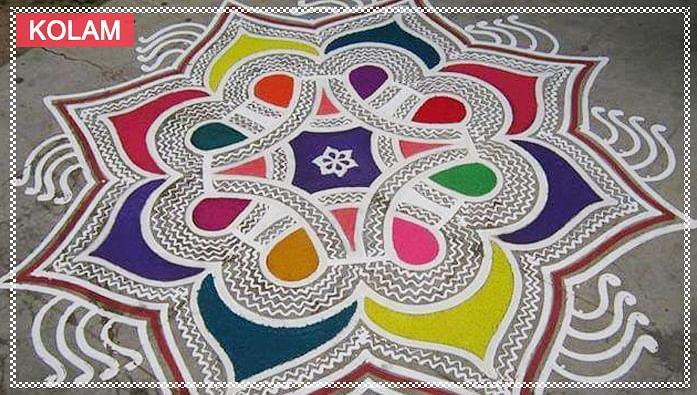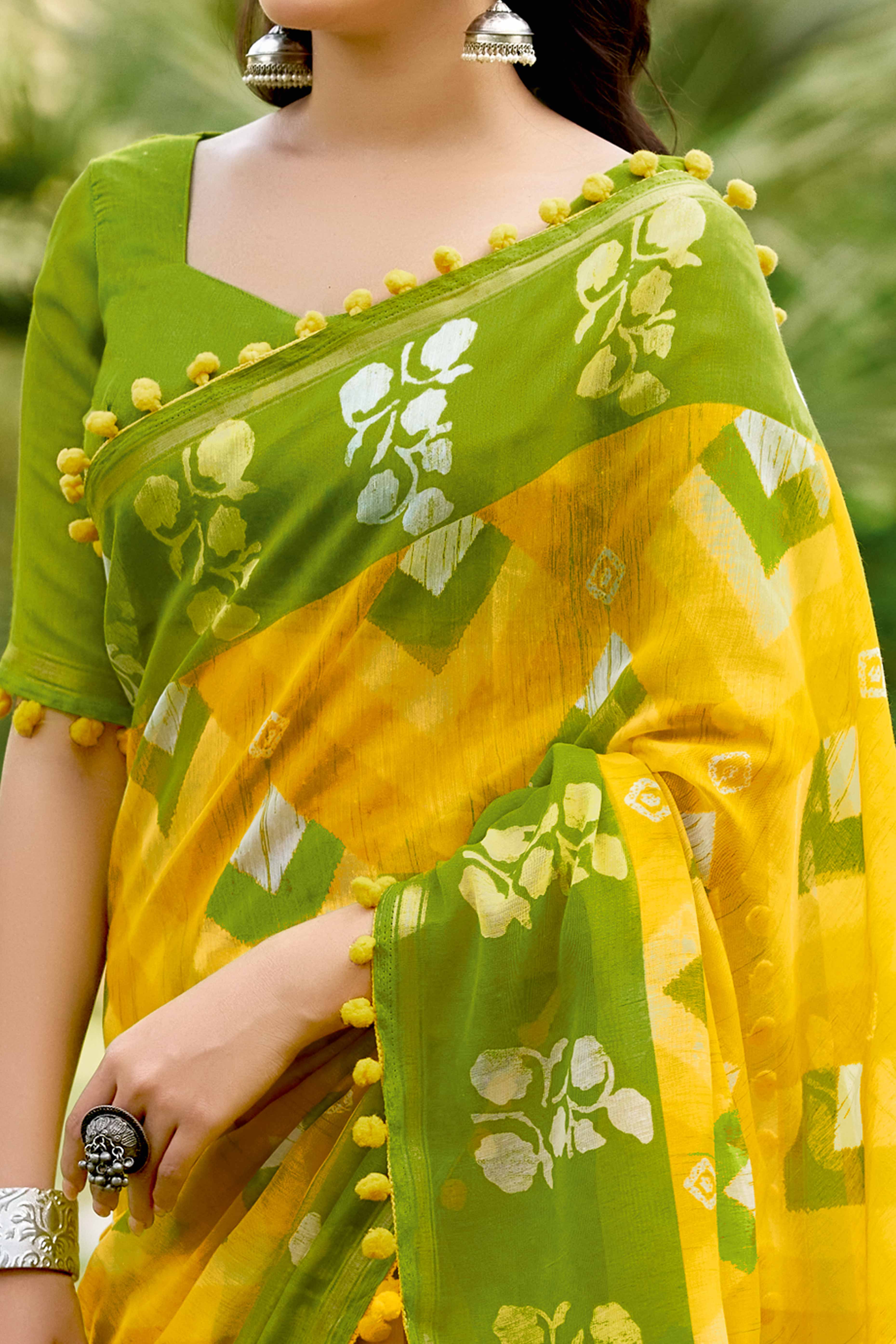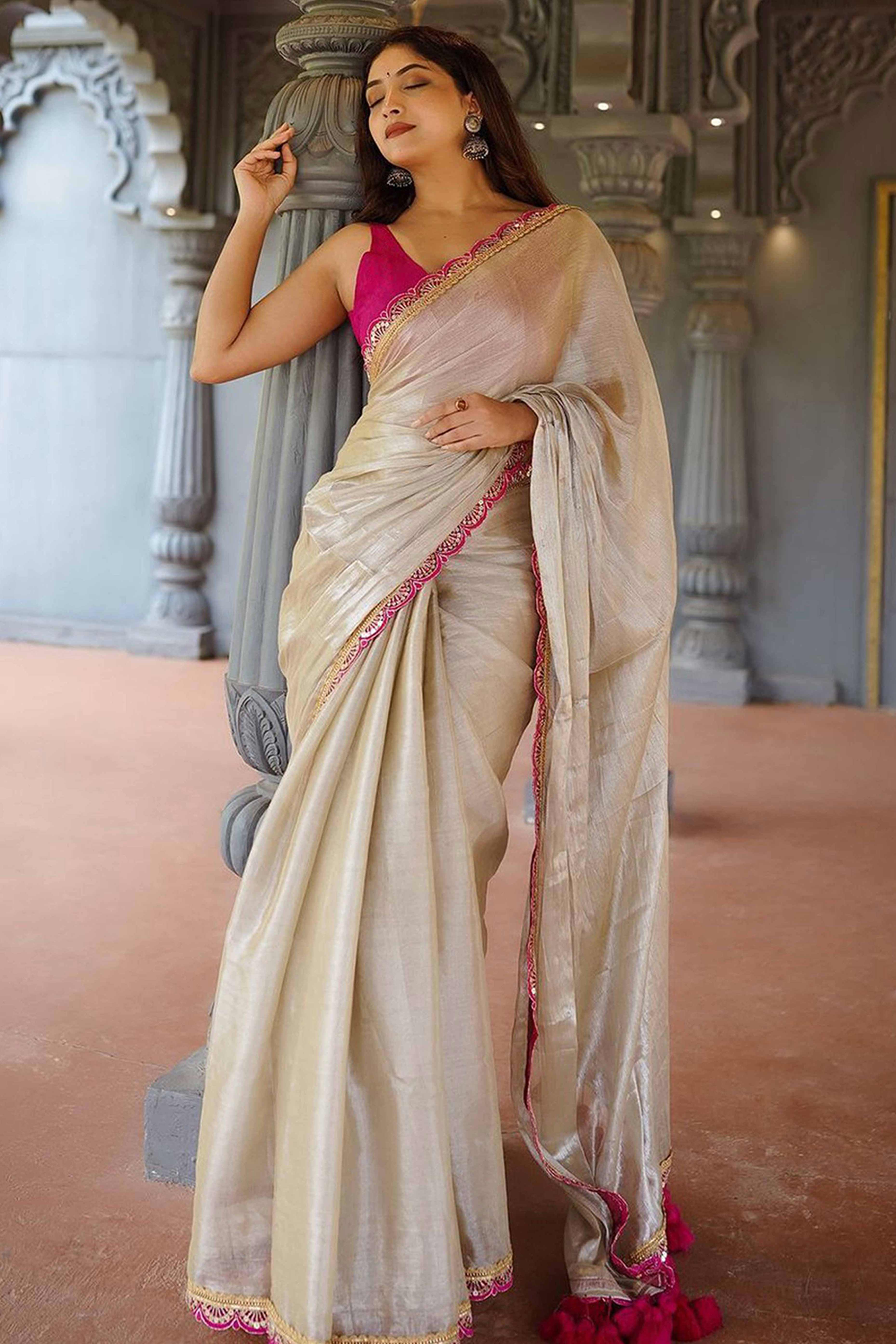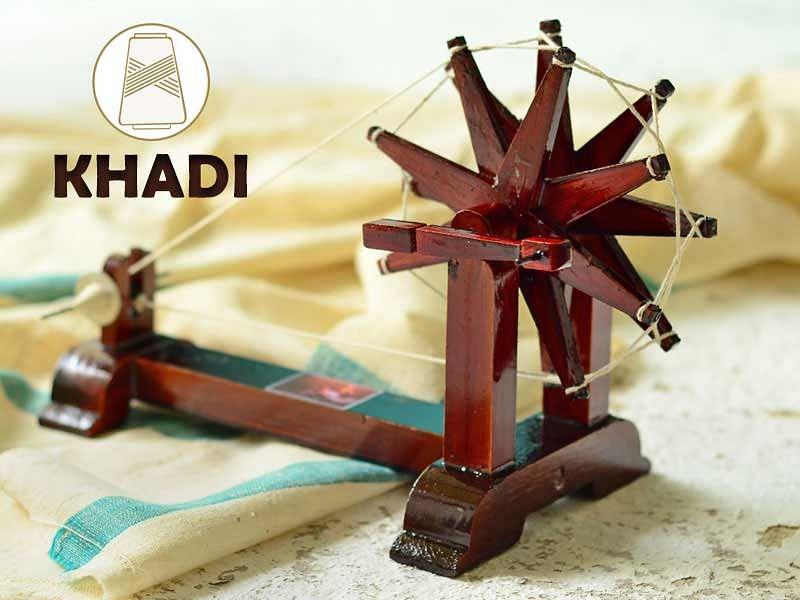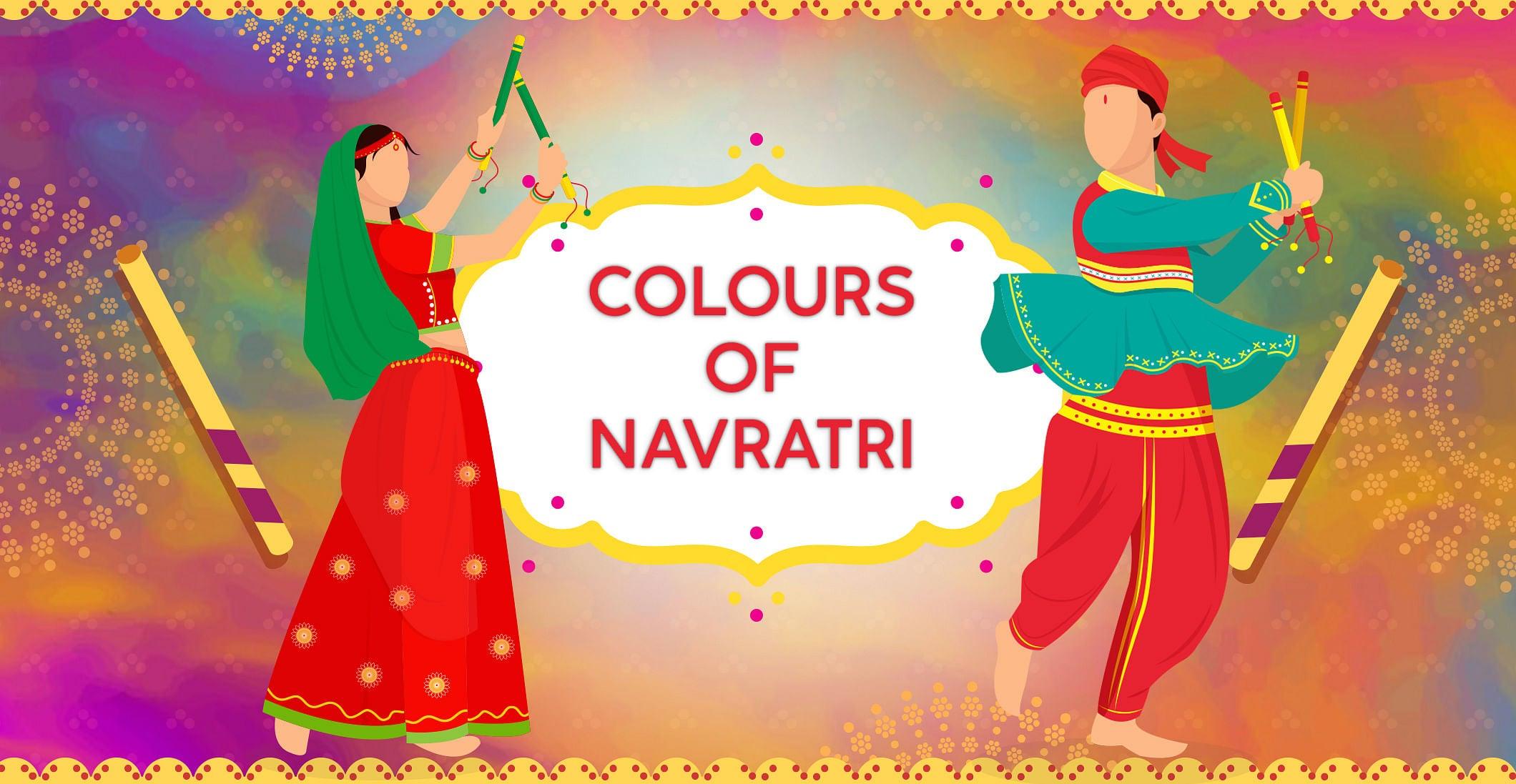India is a country of numerous cultures which encompass diversities beautifully. Each region of India has its own mystic story to narrate. Each region is home to invaluable heritage and cultural norms.
South India too like any other part of the country is enriched in cultural diversities. The region has successfully retained the essence of our values and our traditions.
Of these, Kolam holds a prime importance. Predominant in regions of Tamil Nadu, Andhra Pradesh, Kerala, Karnataka and coastal regions of Goa and Maharashtra, Kolam is a form of precisely traced geometrical painting on the floor using rice flour.
In traditional times, Kolam was drawn not just as a symbol of decoration at homes but also as a mechanism to keep away ants and other pests.
The Kolam Ritual
In traditional South Indian homes, making a new design of kolam at the entrance of the house is a regular, everyday affair. The women of the households make it a point to get up early in the morning and make a fresh set of Kolam. At times, instead of dry rice flour, a paste of rice flour is used to chalk out the design.

Kolam patterns generally comprise straight lines, curved lines, scallops, curlicues, dots, hexagonal, linear and much more- they are basically attractive geometrical patterns. There is however one exception-the 'Pulli kolam' (kolam with dots) in which the pattern is outlined with dots. The Pulli Kolam design is joined with straight and curved lines to form designs or sometimes the design is drawn by chain links with the dots in the centre of each link. The unique nature of the chain link design is that it is often a single line drawn from start to finish. During festive occasions and on some special day, the bolder lines of red earth are used to present a bright contrast to the white lines.
Also Read: Trending Lehengas To Look Out For This Season
Significance of Kolam
Not only in today’s times, the kolam paintings were a portal to our enriched culture in ancient times too. The earliest of the civilisations, the Indus Valley civilisation bears ample evidence to kolam paintings being drawn as early as 2500 BC. In fact, the seals of Mohenjo Daro have the earliest visual traces of kolam paintings.

Other than providing food to the ants and other crawling insects and hence to keep them away, it also attracts birds to the house which in a way is considered to be an invitation to goddess Lakshmi- the Goddess of wealth and prosperity to bless the house and its people. Kolam painting is in fact away to worship the Goddess.
Drawing Kolam inculcates a good physical activity and keeps the body physique in a good form. It is also considered to be a good focus exercise for the brain. Since Kolam is drawn early in the morning, it is an ideal way to indulge into meditation through art and yoga.
Group festivals necessarily in the south India call for kolam wall art and thereby keep the society and its people together.
Preserving this Traditional Art
The art of kolam is that of great cultural importance. Not only does it give us a peep into the age old traditions and values of our country, it is a heritage that we need to preserve and conserve and grow.

This heritage is as old as the earliest of the civilisations ever known to the mankind and therefore it is only imperative that we preserve this invaluable asset, let it cultivate further and beautifully pass it on to the generations to come for it thrive till eternity!




